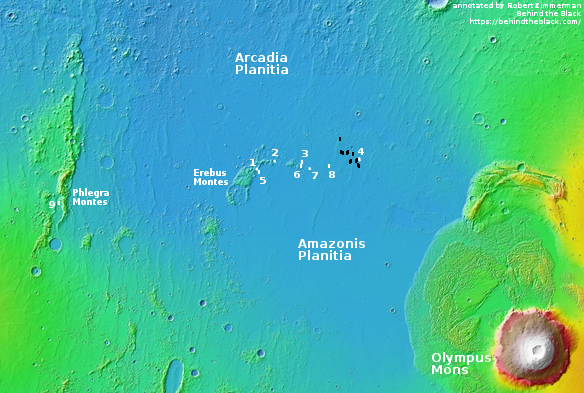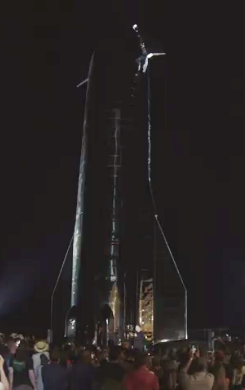SpaceX targets December for launch abort test, early 2020 for 1st manned Dragon mission
According to SpaceX officials, the company is aiming to perform its Dragon launch abort test before the end of this month, and then follow-up with the first manned Dragon mission to ISS in early 2020.
“We’re targeting December,” said [Jessica Jensen, director of Dragon Mission Management at SpaceX] today (Dec. 3) during a news conference discussing tomorrow’s (Dec. 4) planned launch of a robotic Dragon cargo mission to the International Space Station (ISS). “We’ll see if we can get there.”
SpaceX holds a multibillion-dollar NASA contract to ferry astronauts to and from the ISS using Crew Dragon and the Falcon 9. The capsule has already visited the orbiting lab once, on the landmark uncrewed Demo-1 mission this past March. If everything goes well with the [launch abort test], the company will be cleared for the first crewed mission — a test flight known as Demo-2 that will carry NASA astronauts Doug Hurley and Bob Behnken.
Demo-2 is targeted for early 2020, SpaceX founder and CEO Elon Musk has said. Contracted, operational ISS flights would follow shortly thereafter.
NASA officials have repeatedly said that early 2020 is too soon because of the paperwork that SpaceX has to complete prior to launch. It could be that Musk is gently applying pressure on them here to speed up this make-work so that the real business of spaceflight can proceed.
According to SpaceX officials, the company is aiming to perform its Dragon launch abort test before the end of this month, and then follow-up with the first manned Dragon mission to ISS in early 2020.
“We’re targeting December,” said [Jessica Jensen, director of Dragon Mission Management at SpaceX] today (Dec. 3) during a news conference discussing tomorrow’s (Dec. 4) planned launch of a robotic Dragon cargo mission to the International Space Station (ISS). “We’ll see if we can get there.”
SpaceX holds a multibillion-dollar NASA contract to ferry astronauts to and from the ISS using Crew Dragon and the Falcon 9. The capsule has already visited the orbiting lab once, on the landmark uncrewed Demo-1 mission this past March. If everything goes well with the [launch abort test], the company will be cleared for the first crewed mission — a test flight known as Demo-2 that will carry NASA astronauts Doug Hurley and Bob Behnken.
Demo-2 is targeted for early 2020, SpaceX founder and CEO Elon Musk has said. Contracted, operational ISS flights would follow shortly thereafter.
NASA officials have repeatedly said that early 2020 is too soon because of the paperwork that SpaceX has to complete prior to launch. It could be that Musk is gently applying pressure on them here to speed up this make-work so that the real business of spaceflight can proceed.


